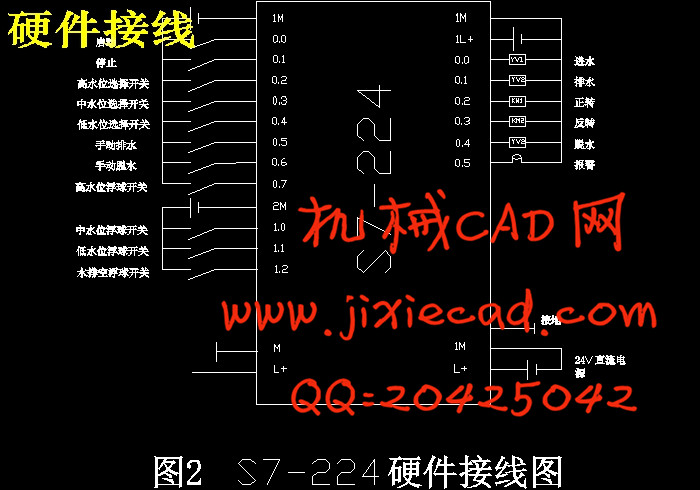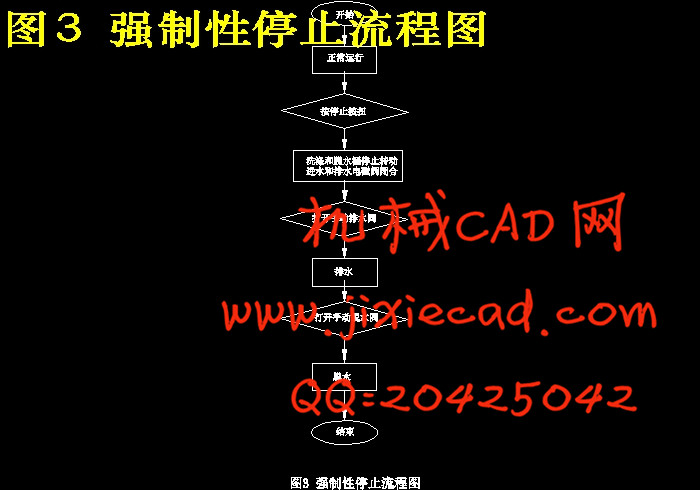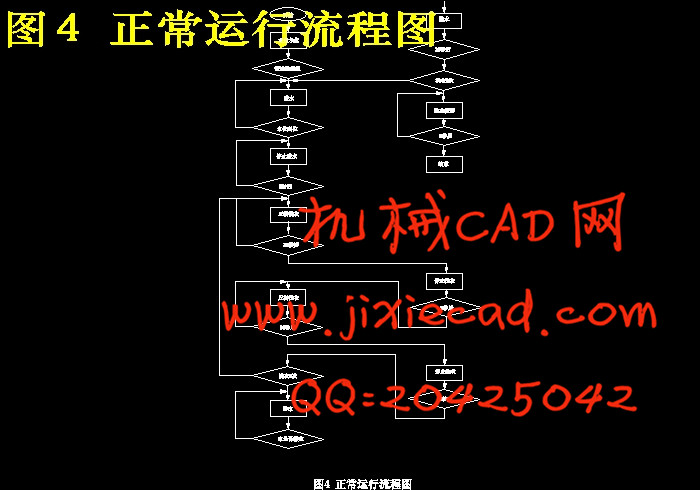设计简介
全自动洗衣机控制系统的设计
摘要: 随着社会经济的发展和科学技术水平的提高,家庭电器全自动化成为必然的发展趋势。全自动洗衣机的产生极大的方便了人们的生活。洗衣机是国内家电业唯一不打价格战的行业,经过几年的平稳发展,国产洗衣机无论在质量上还是功能上都和世界领先水平同步。纵观洗衣机市场,高效节能、省水、省电、环保型洗衣机一直在市场上占主导地位。
该论文就怎样利用PLC来控制全自动洗衣机进行了调查,对其中软件设计、硬件设计等问题进行了分析和研究,实现了全自动洗衣机的正常运行和强制性停止功能。
关键词: PLC 全自动洗衣机 控制
Entire automatic washer control system design
Abstract: Along with the social economy development and the science and technology level enhancement, the family electric appliance entire automation becomes the inevitable development tendency. Entire automatic washer production enormous convenience people's life. The washer is the domestic electrical appliances industry does not only hit the profession which the price fights, passes through several year steady development, the domestically produced washer regardless of in quality or in function all with world leading horizontal synchronization. Looks over the washer market, the highly effective energy conservation, the province water, the province electricity, the environmental protection washer continuously occupy the dominant position in the market. How does this paper study controls the entire automatic washer using PLC, to question and so on software design, hardware design has carried on the analysis and the discussion, has realized the entire automatic washer normal operation and compulsory stops the function.
Key word: PLC entire automatic washer control
目 录
第一章 概 述·······················································1
第二章 课题任务分析················································2
2.1 整体功能介绍··············································· 2
2.2 设备控制要求················································2
第三章 控制系统的设计··············································3
3.1 控制系统框图················································3
3.2 控制系统对应设备及实现功能··································3
3.3 控制系统原理················································4
第四章 硬件电路设计················································5
4.1 系统的选型··················································5
4.2 CPU单元设计················································7
4.3 硬件接线图················································7
4.4 通讯方式···················································7
4.5 储存模块···················································7
4.6 电池模块···················································7
4.7 通讯模块··················································7
第五章 软件的设计
5.1 I/O分配·················································11
5.2 流程图····················································12
5.3 源程序····················································14
5.4 程序运行过程分析··········································23
5.5 程序的下载 安装和调试·····································23
第六章 PLC和单片机控制的对比······································24
6.1 简述PLC和单片机·········································25
6.2 用PLC和单片机分别做系统的比较···························25
6.3 用PLC做系统洗衣机的特性·································27
第七章 结束语·····················································29
第八章 毕业设计总结···············································30
致谢······························································32
参考文献··························································33
摘要: 随着社会经济的发展和科学技术水平的提高,家庭电器全自动化成为必然的发展趋势。全自动洗衣机的产生极大的方便了人们的生活。洗衣机是国内家电业唯一不打价格战的行业,经过几年的平稳发展,国产洗衣机无论在质量上还是功能上都和世界领先水平同步。纵观洗衣机市场,高效节能、省水、省电、环保型洗衣机一直在市场上占主导地位。
该论文就怎样利用PLC来控制全自动洗衣机进行了调查,对其中软件设计、硬件设计等问题进行了分析和研究,实现了全自动洗衣机的正常运行和强制性停止功能。
关键词: PLC 全自动洗衣机 控制
Entire automatic washer control system design
Abstract: Along with the social economy development and the science and technology level enhancement, the family electric appliance entire automation becomes the inevitable development tendency. Entire automatic washer production enormous convenience people's life. The washer is the domestic electrical appliances industry does not only hit the profession which the price fights, passes through several year steady development, the domestically produced washer regardless of in quality or in function all with world leading horizontal synchronization. Looks over the washer market, the highly effective energy conservation, the province water, the province electricity, the environmental protection washer continuously occupy the dominant position in the market. How does this paper study controls the entire automatic washer using PLC, to question and so on software design, hardware design has carried on the analysis and the discussion, has realized the entire automatic washer normal operation and compulsory stops the function.
Key word: PLC entire automatic washer control
目 录
第一章 概 述·······················································1
第二章 课题任务分析················································2
2.1 整体功能介绍··············································· 2
2.2 设备控制要求················································2
第三章 控制系统的设计··············································3
3.1 控制系统框图················································3
3.2 控制系统对应设备及实现功能··································3
3.3 控制系统原理················································4
第四章 硬件电路设计················································5
4.1 系统的选型··················································5
4.2 CPU单元设计················································7
4.3 硬件接线图················································7
4.4 通讯方式···················································7
4.5 储存模块···················································7
4.6 电池模块···················································7
4.7 通讯模块··················································7
第五章 软件的设计
5.1 I/O分配·················································11
5.2 流程图····················································12
5.3 源程序····················································14
5.4 程序运行过程分析··········································23
5.5 程序的下载 安装和调试·····································23
第六章 PLC和单片机控制的对比······································24
6.1 简述PLC和单片机·········································25
6.2 用PLC和单片机分别做系统的比较···························25
6.3 用PLC做系统洗衣机的特性·································27
第七章 结束语·····················································29
第八章 毕业设计总结···············································30
致谢······························································32
参考文献··························································33





